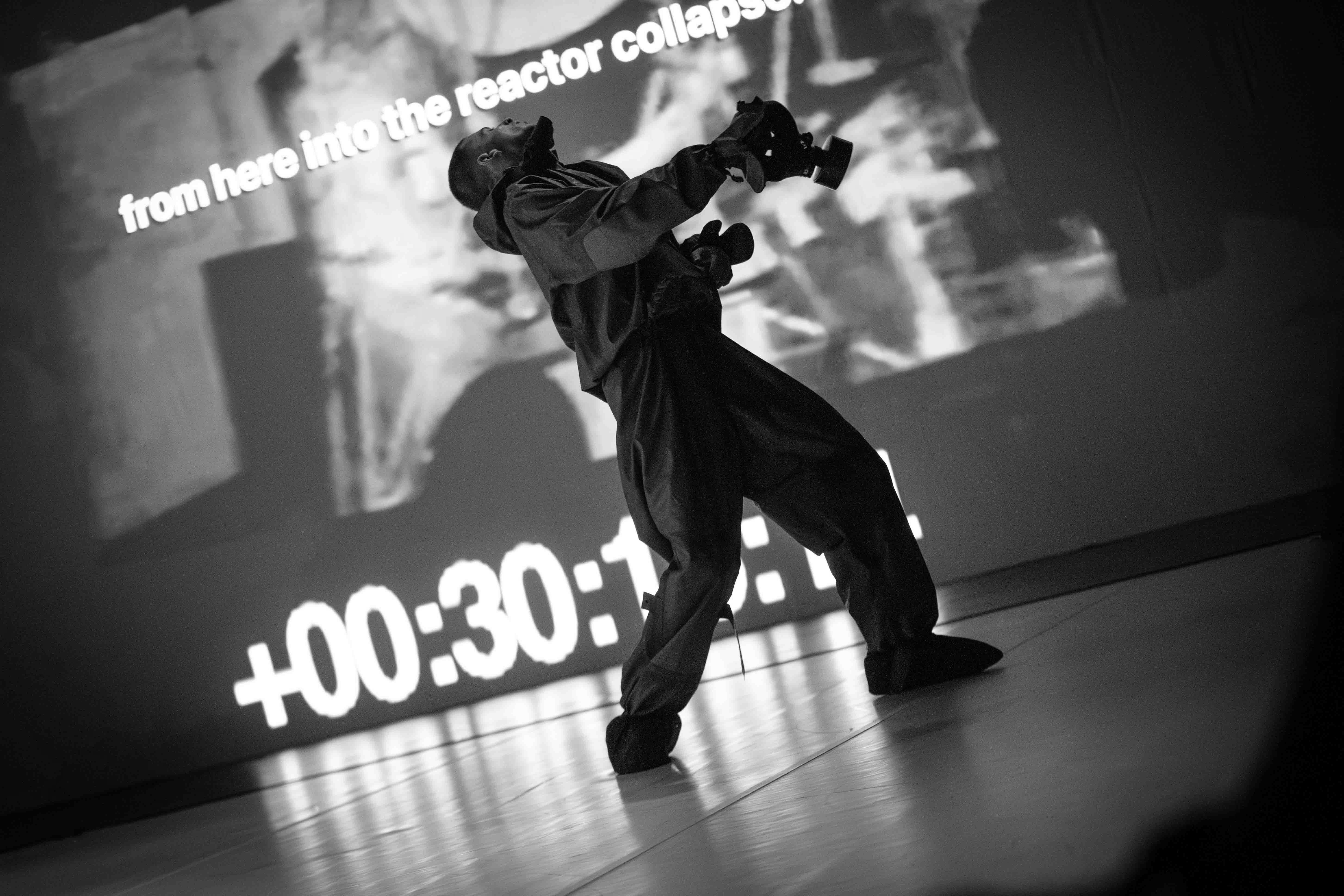Quiet is a response to the violence and to the increasing sense of mistrust between Israelis and Palestinians who live within the shifting borders of Israel. In a political climate that allows little space for reflection, Zaides felt the urgency to promote honest communication. Quiet reacts to the state of shock in which both sectors of society often find themselves. The work functions as a safe zone; a place where one can let his demons out; where irrational responses are legitimized; where a broader perspective is sought and trust is gradually built.
Quiet features four performers that reveal a complex emotional landscape: aggression, compassion, confusion, and yearning that form an intensive dynamics. The creative process drew heavily on the diversity of the participants: Jewish and Arab actors and dancers from various backgrounds. In the heart of the work lies a will to embrace the complexities and find a quiet place.
PAST PERFORMANCES
Autumn en Normandy Festival, Maison de l’Université, Mont-Saint-Aignan (FR); Autumn en Normandy Festival, Espace Culturel François Mitterrand (FR); Tanztendenzen Festival 2010, Theater Vorpommern – Rubenowsaal, Greifswald (DE); Mahmood Darwish Arts Center, Nazareth, Israel; Al-Midan Theater, Haifa (IL/PS); Tmuna Theater, Tel Aviv (IL/PS); Rossobastardo Live 2010 Fringe Festival, Spoleto 53 – Festival dei Due Mondi, Spoleto (IT); Malta Festival, Stary Browar Nowy Taniec, Poznań (PL); Impart Art Center, Wroclaw (PL); Suwnicowa Hall, Club Zak, Gdańsk (PL); Potsdamer Tanztage, Fabrik Potsdam, Potsdam (DE); Cabri Performance Hall, Cabri (IL/PS); Premiere at Tmuna Theater, Tel Aviv (IL/PS); Dancing on the Edge Festival, Stadsschouwburg Rotterdam (NL); Korzo Theater, The Hague (NL); Grand Theater, Groningen (NL); Theater Kikker, Utrecht (NL); De Brakke Grond, Amsterdam (NL); BAD Bilbao, Bilbao (ES); Mes De Danza, Seville (ES); Dancing on the Edge Festival, Vancouver (CA); La MaMa, New York City (US); Duncan Center, Prague (CZ); Tmuna Theater, Tel Aviv (IL/PS); Théâtre National de Chaillot, Paris (FR); MAI – Montréal Arts Interculturels, Montreal (CA); Aoyama Round Theater, Tokyo (JP); Dance Box, Kobe (JP); Warehouse 2, Jaffa Port (IL/PS); FIT – Belo Horizonte (BR); Zurich Moves, Tanzhaus Zurich, Zurich (CH); Festival Internacional de Teatro Santiago a Mil, Santiago de Chile (CL); Tel Aviv Museum of Art, Tel Aviv (IL/PS).
